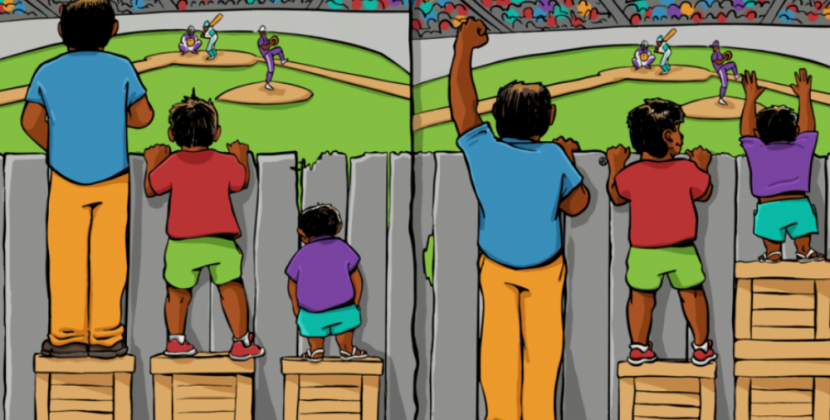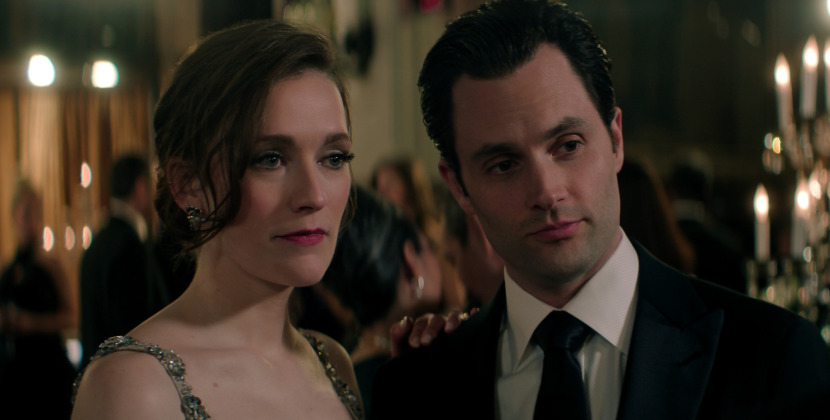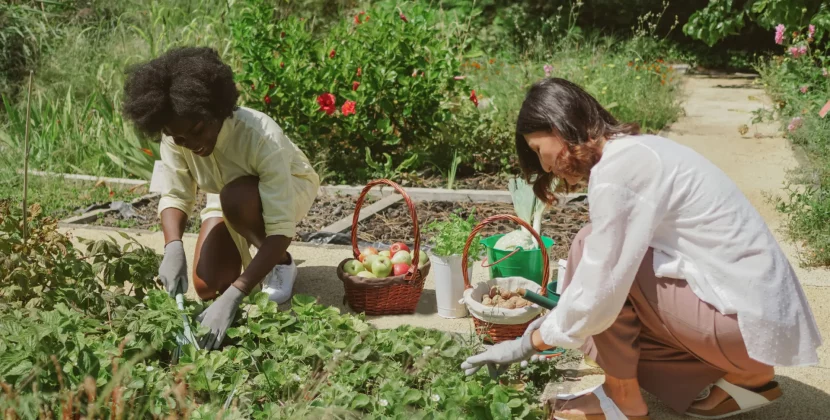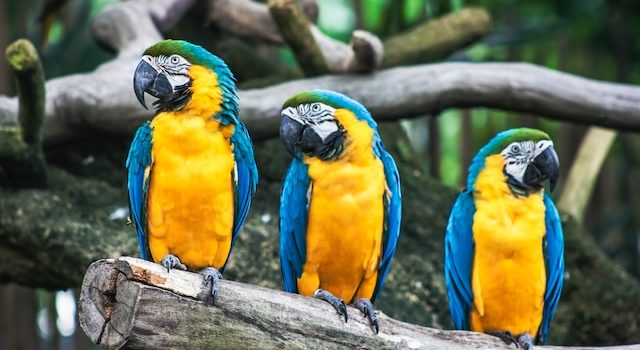
Parrots, with their vibrant plumage and intelligent demeanor, are a beloved symbol of nature’s beauty. However, many parrot species are facing significant threats in the wild, making their conservation a matter of utmost importance. In this article, we shed light on the challenges parrots encounter and explore the ways in which we can contribute to their protection and preservation.
- Habitat Loss: One of the most significant threats to parrot populations is habitat loss. Deforestation, urbanization, and illegal logging destroy the vital ecosystems that parrots call home. These birds rely on diverse habitats, such as rainforests, woodlands, and savannas, for nesting, foraging, and breeding. Protecting and restoring these habitats is crucial for the survival of parrot species worldwide.
- Illegal Wildlife Trade: The illegal wildlife trade poses a grave danger to parrots. Many species are coveted for their beauty and intelligence, making them targets for capture and sale in the exotic pet market. This trade not only disrupts wild populations but also subjects parrots to cruel and inhumane conditions. Strengthening laws and regulations, increasing enforcement efforts, and promoting public awareness are vital steps in combating this illegal trade.
- Climate Change: Climate change and its associated impacts, such as rising temperatures, extreme weather events, and habitat disruption, pose a significant threat to parrot populations. These changes can affect the availability of food sources, alter nesting patterns, and disrupt breeding cycles. Supporting initiatives that mitigate climate change and promoting sustainable practices are crucial for the long-term survival of parrots.
- Invasive Species: Invasive species, introduced by human activities, can have devastating effects on native parrot populations. Invasive predators, such as rats and snakes, can prey upon parrot eggs and young, decimating local populations. Controlling and eradicating invasive species in parrot habitats is essential for ensuring the natural balance and biodiversity of these ecosystems.
- Community Engagement and Education: Engaging local communities in parrot conservation efforts is key to long-term success. By involving communities living near parrot habitats, we can foster a sense of stewardship and empower individuals to actively participate in conservation initiatives. Education programs that highlight the ecological importance of parrots and promote sustainable practices can raise awareness and generate support for their protection.
- Protected Areas and Reserves: Establishing protected areas and reserves specifically designed to safeguard parrot habitats is vital for their conservation. These protected spaces offer refuge to parrot populations, allowing them to thrive and ensuring the preservation of critical ecosystems. Supporting organizations and initiatives that work towards creating and maintaining these protected areas is crucial.
- Research and Monitoring: Continuous research and monitoring are essential for understanding the behavior, ecology, and population trends of parrot species. This knowledge provides valuable insights for effective conservation strategies. By supporting scientific research, we can enhance our understanding of parrot conservation and contribute to evidence-based approaches.
- Responsible Pet Ownership: Responsible pet ownership plays a crucial role in parrot conservation. Adopting parrots from reputable sources, providing them with proper care, and promoting ethical breeding practices help combat the demand for wild-caught parrots. Additionally, educating pet owners about the unique needs of parrots and the importance of their conservation can contribute to the well-being of both captive and wild populations.
Parrot conservation requires a collective effort from governments, conservation organizations, scientists, local communities, and individuals alike. By addressing the threats facing parrots, promoting sustainable practices, and supporting conservation initiatives, we can ensure a brighter future for these magnificent birds and protect the rich biodiversity they represent.
Let us come together to protect and preserve the colorful world of parrots for generations to come.










